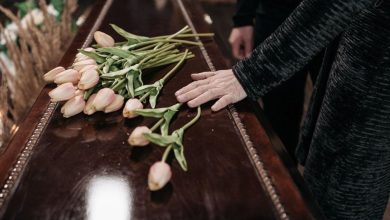
Perfect Ring for the One
Knowing the terms for the various ring settings and designs is crucial before shopping for the engagement ring of your dreams. The setting and design of the ring you pick will significantly influence how it feels, looks, and is worn.
Comparison of Different Ring Settings and Designs
In contrast to ring styles, which classify engagement rings based on their overall appearance rather than their precise settings, ring settings are the technical and specific features that distinguish each ring type. Examples of traditional ring settings include solitaire rings, which include a single diamond or gemstone placed at the centre of the ring with no other stones on the band.
Types of Rings
Buying an engagement ring online gives you more options because you may browse a more comprehensive selection of styles.
Simple, Timeless, and Stunning
Solitaire engagement rings, which have been popular for generations, are top sellers. A trellis setting or a basket setting can be used to add some elegance and make sure the central diamond is positioned low. Adding a row of diamonds to the band or choosing a setting with concealed gems can give your ring that extra sparkle (diamonds set in the gallery or undercarriage of the ring that is not visible from the top). In addition to the solitaire, three-stone engagement rings are another time-honoured choice.
Stylish and sociable
A higher-set diamond or pavé-set diamonds around the ring’s shank are also great options for a show-stopping piece of jewellery. Couples chose halo engagement settings for visual impact and the “wow” effect. The bigger diamond in the ring takes centre stage, surrounded by a halo of smaller diamonds.
Casual and fond of the great outdoors
Do you find your greatest joy in being in the great outdoors? You might find a suitable ring setting incorporating natural features like leaves, vines, and flowers. The diamond should be put in a setting that places it closer to the hand if the wearer is active. Another great approach to securing a diamond is with a bezel setting, which consists of a thin metal band that encircles the diamond’s girdle.
Classical and Heartfelt
Do you have a soft spot for the past and nostalgia? Milgrain embellishments, filigree or scrollwork designs, elaborate galleries, and delicate bands are all options for ring settings. Baguette or little accent diamonds are also attractive for an engagement ring.
In the present day
Does cutting-edge fashion appeal to you? Look at several sculptural rings, which include unusual shapes and materials. If you’d rather forgo the conventional centre diamond, you may still find a gorgeous ring without one by looking for one with intricate engravings or unusual forms. You might also use a semiprecious gemstone to inject some colour.
Settings for Rings
Knowing the appropriate terms to use while looking for and describing the type of ring setting you want to purchase is helpful. Find out more about what goes into an engagement ring and how it all comes together.
- Ring prongs are tiny bits of precious metal used to hold gems and diamonds in place. Vintage prongs keep your centre stone in place with a design like a string of tiny metal beads. Claw prongs are a stylish spin on traditional prongs that taper to a point at the end. Four or six prongs are often used to secure the central stone in an engagement ring. It is advised not to use any fewer than four prongs to ensure the safety and stability of your ring.
- A peg head design is soldered separately to the ring’s shank to elevate the diamond somewhat. Peg head settings often have four or six prongs to hold the centrepiece gemstone.
- Cast as one solid piece of precious metal, the head of an integrated head ring is often lower and more flush than other ring styles.




